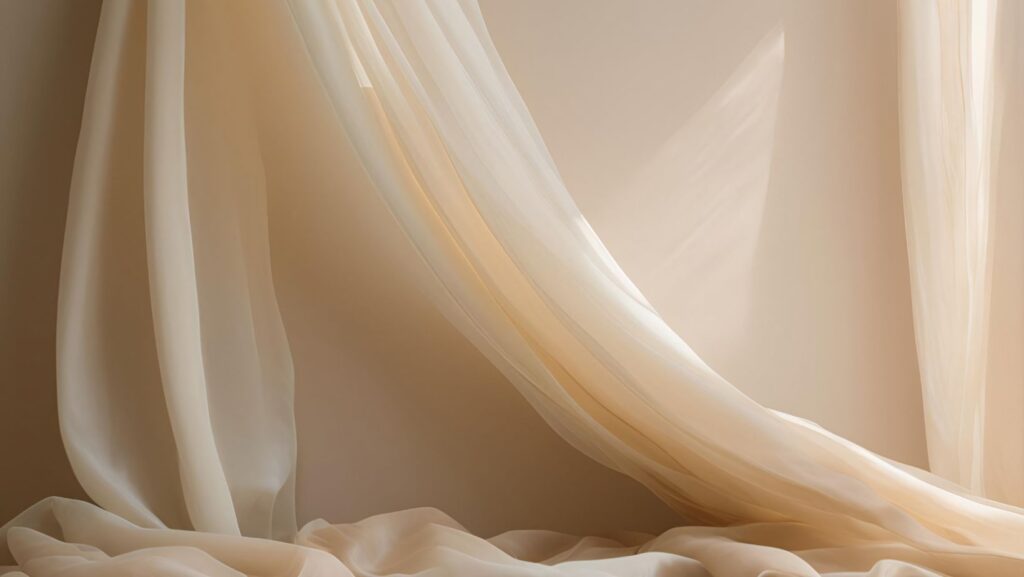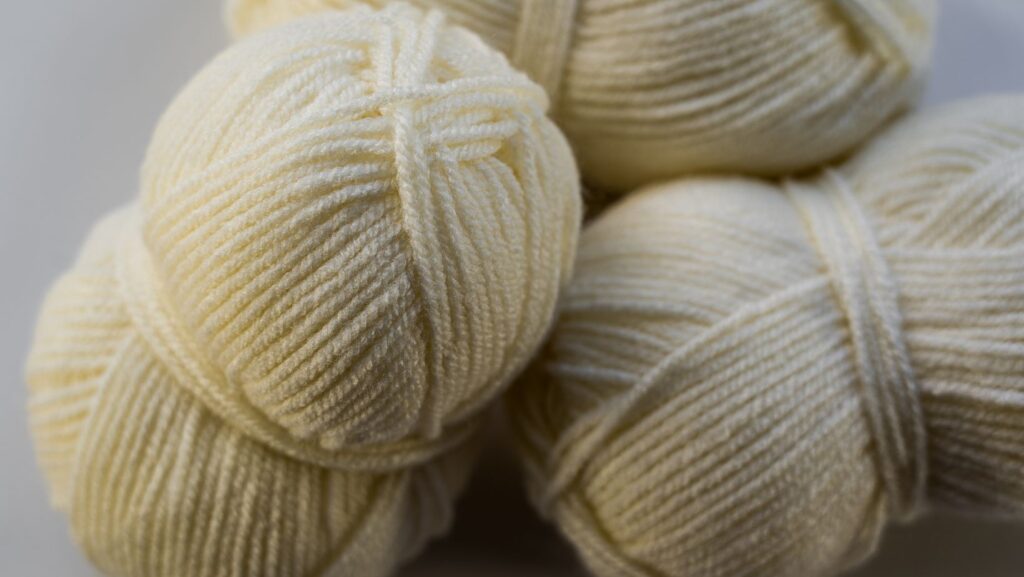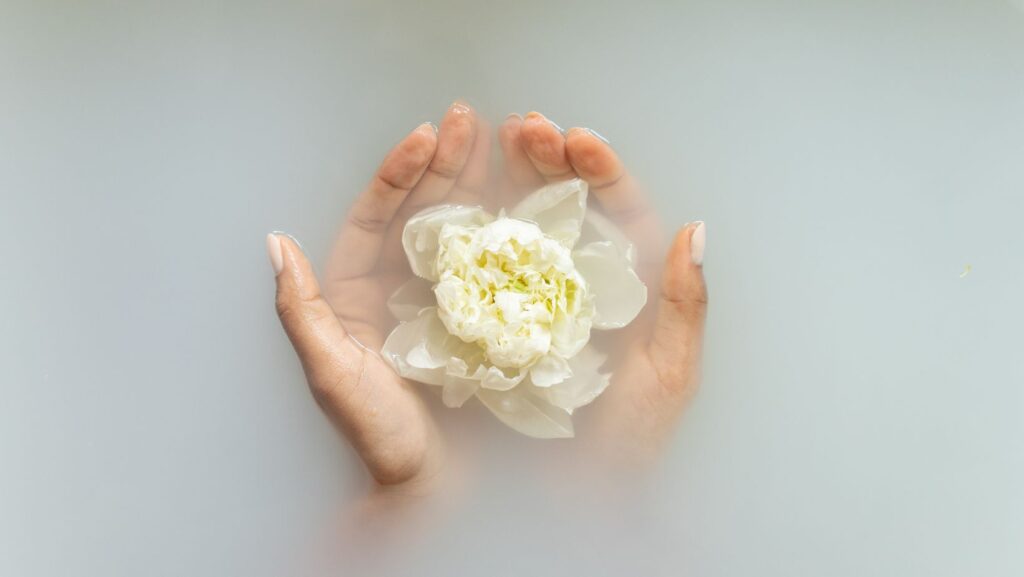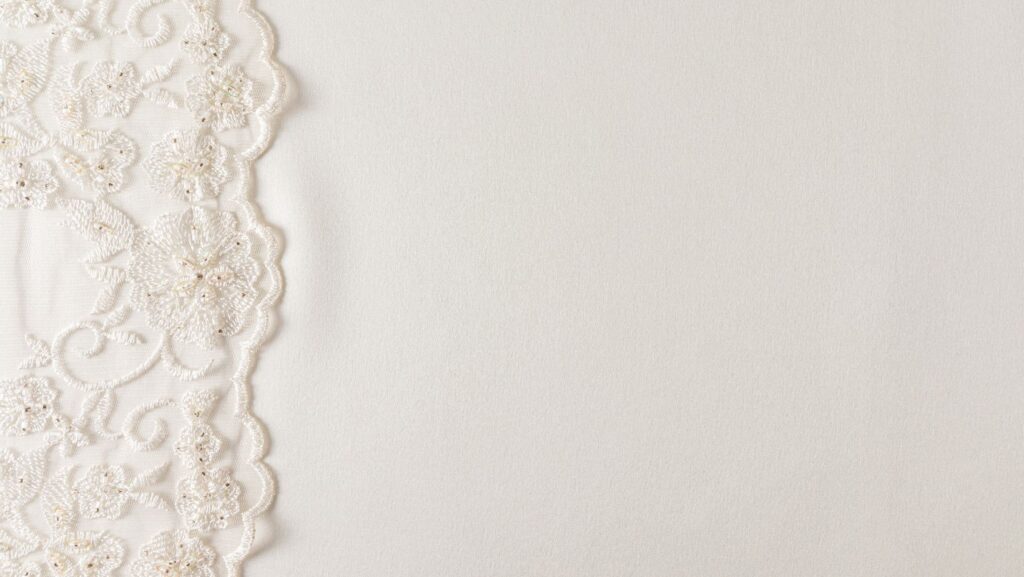Color:erinymo7kkg= Ivory

Ivory, a timeless color that exudes elegance and sophistication, holds a unique place in the spectrum of shades. Often associated with purity and calmness, ivory is more than just a hue; it’s a statement of subtlety and grace. Its versatility makes it a favorite in fashion, interior design, and art, seamlessly blending with a myriad of palettes to create a serene and refined atmosphere.
The allure of ivory lies in its ability to evoke warmth without overpowering. Unlike stark white, ivory carries a gentle warmth that adds depth and richness to any setting. This soft, off-white shade finds its origins in the natural world, reminiscent of elephant tusks and ancient artifacts. As such, it embodies a sense of history and timelessness.
Incorporating ivory into design elements can transform spaces and wardrobes alike. Whether it’s the backdrop of a living room or the fabric of a wedding gown, ivory’s understated elegance never fails to captivate.
Understanding Color Ivory

Ivory appears as an off-white color with warmth and subtlety. It carries yellow undertones, distinguishing it from pure white and enabling its application in various design contexts. As a color, ivory conveys a sense of tranquility and sophistication, making it favored among designers and artists. Due to its adaptability, it complements a wide range of palettes, enhancing color schemes rather than dominating them.
In fashion, ivory signifies elegance, often chosen for wedding dresses and formal wear. Its warm undertones make it flattering across skin tones, adding grace without overpowering. In interior design, ivory serves as a neutral backdrop, allowing other elements to stand out. It offers a balance between bold accents and softer hues, maintaining harmony within a space.
Historically, ivory has roots in natural materials, such as elephant tusks and mammoth bones, which contributed to its name and luxurious connotations. Artisans utilized these materials in carvings and decorative arts, underscoring ivory’s timeless appeal. This historical connection enhances its allure in modern settings, linking ancestry with contemporary aesthetics.
Historical Significance of Ivory
Ivory holds prominent historical importance, with its usage dating back thousands of years. In ancient civilizations like Egypt and China, artisans crafted intricate objects from ivory, symbolizing wealth and power. Ivory became a prized material due to its rarity and the skill required to carve it. Artifacts such as combs, jewelry, and ceremonial items attest to its high status.
In Medieval Europe, ivory played a crucial role in religious art. Ivory panels and sculptures adorned churches and holy relics, signifying purity and divine connection. The association with sanctity and church rituals elevated ivory’s prominence in religious contexts.
Ivory trade significantly impacted global history. During the 19th century, demand surged, particularly in Europe and America, leading to extensive trade networks. This trade, however, resulted in considerable ecological and ethical concerns, particularly concerning elephant populations.
Despite ethical considerations, ivory continues to symbolize elegance and sophistication. Its legacy endures in art, history, and design, marking it as a remarkable element of cultural heritage.
Applications of Ivory in Design
Ivory’s timeless elegance and versatility make it a favored choice in various design contexts. Its soft hue adds sophistication, enhancing both modern and classic aesthetics with ease.

In interior design, ivory acts as a neutral foundation that harmonizes with vivid and subtle tones alike. It serves as a versatile canvas for walls, furniture, and textiles. Designers use ivory to create airy, serene environments, often incorporating contrasting textures such as wood or metal to add depth. This shade balances rooms embracing bold artworks and rich decor elements, ensuring spaces feel cohesive. Ivory’s adaptability allows it to pair well with both rustic and contemporary styles, offering a balanced backdrop for statement pieces and intricate patterns.
In fashion, ivory symbolizes elegance and refinement, making it a staple for formal occasions. Bridal wear prominently features ivory, with its warm undertones providing a luminous, romantic feel. Designers value ivory’s ability to adapt to various fabrics, from delicate silks to structured satins. It complements a wide spectrum of accessories and embellishments, enhancing intricate lacework and beadwork. Beyond bridal, ivory’s sophisticated appeal suits evening wear and chic separates, offering a polished appearance. Particularly in wardrobe staples like blouses and trousers, ivory’s understated elegance remains timeless, embodying both classic and contemporary fashion trends.
